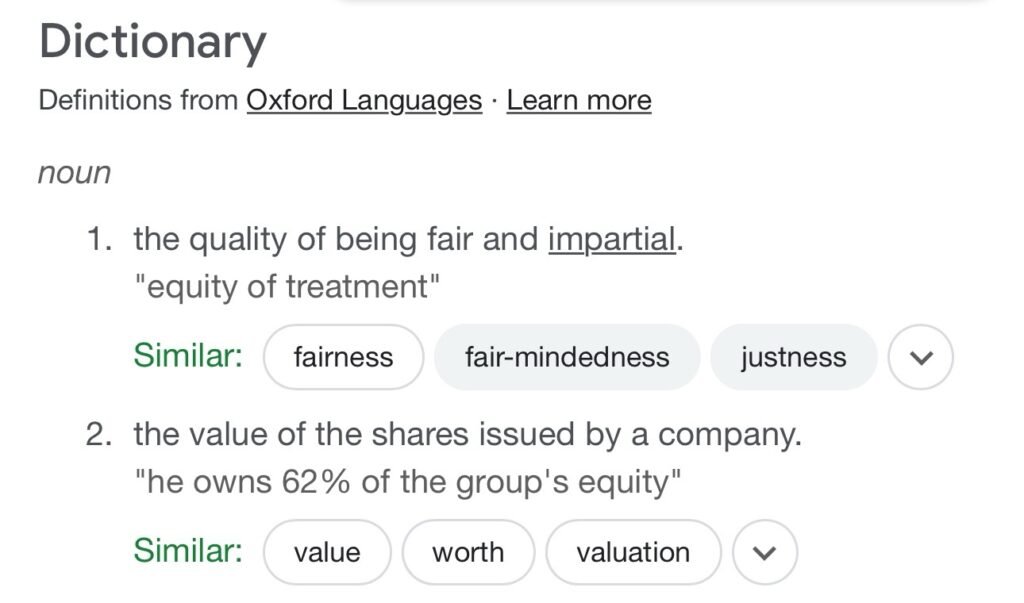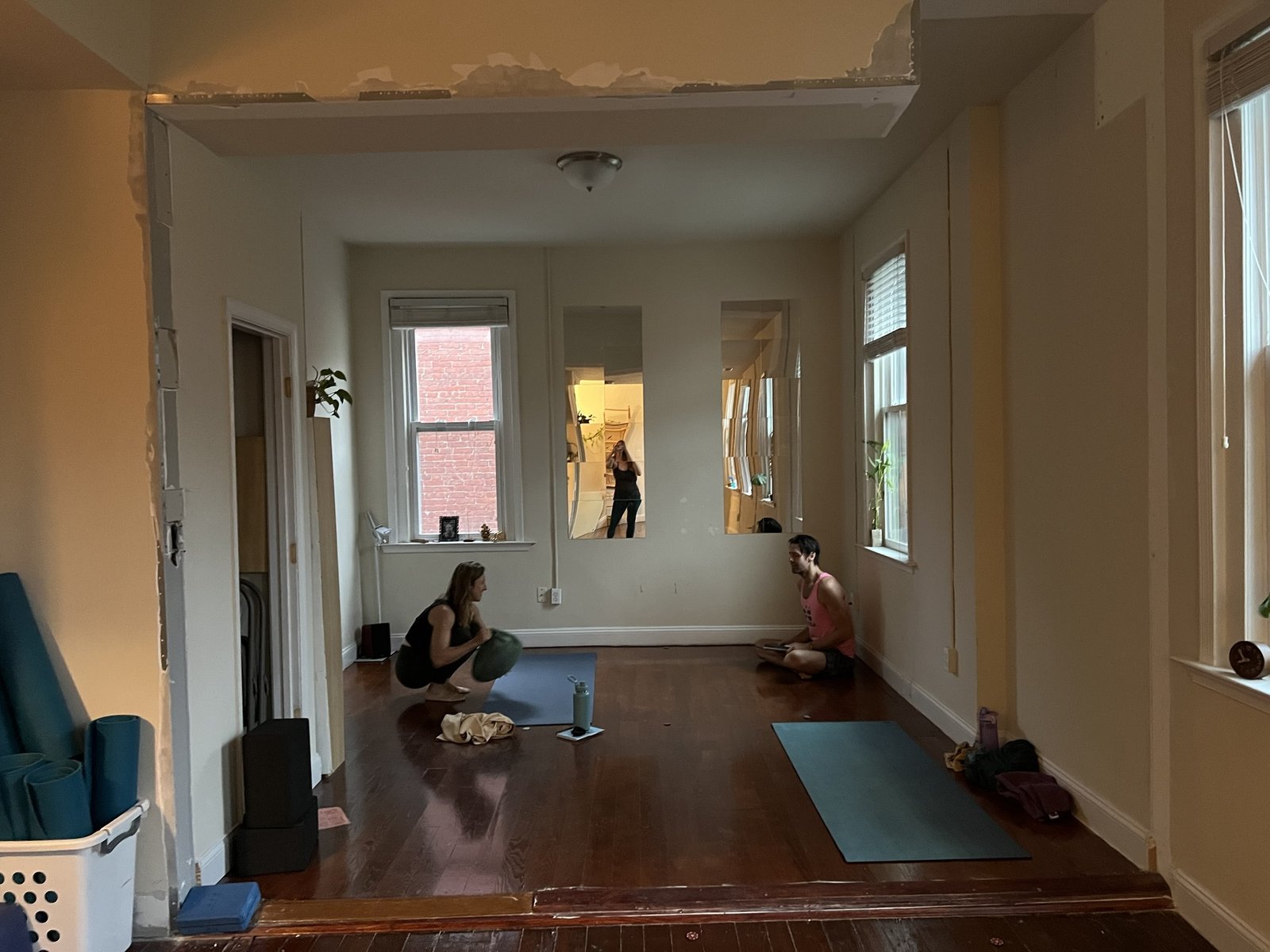Financial Equity for Yoga Teachers: Building Sustainable Business Models

The financial challenges that many yoga teachers face have been an enduring issue within the industry. For years, teachers have struggled to earn livable wages, often working long hours with little job security, no benefits, and limited opportunities for growth. The COVID-19 pandemic, which devastated the yoga industry and shuttered studios worldwide, exposed just how precarious this financial situation was. Many teachers were left without income, unprepared to weather such a crisis. It has become increasingly clear that financial equity for yoga teachers is not just a matter of fair wages—it’s about creating sustainable business models that can withstand future disruptions.
In my work, I have become passionate about addressing this issue, with the hope of helping yoga teachers learn how to create financial stability for themselves. As I’ve expressed before, “I want to help yoga teachers to learn how to create a business model that’s sustainable and learn how to save money so they can survive the next pandemic.” This is not just about surviving the current crisis but preparing teachers to thrive in a world where uncertainty is the norm.
The Financial Reality of Yoga Teachers
Yoga teachers often enter the profession with a deep love for the practice, a desire to share its benefits with others, and an idealistic vision of what teaching yoga will bring to their lives. However, many quickly realize that the financial reality of being a yoga teacher is far from sustainable. Studio classes often pay teachers a per-class fee, which might range from $25 to $75, depending on the location and the teacher’s experience. While that might sound reasonable at first glance, it doesn’t account for the time spent preparing classes, commuting, or continuing education. When added up, many teachers find themselves working long hours for low pay, with little left over to save or invest in their future.
Moreover, because most yoga teachers are classified as independent contractors, they do not receive benefits such as health insurance, paid vacation, or retirement plans. This classification leaves teachers financially vulnerable, deeply dependent on the physical ability to continue teaching—a precarious situation, especially for a career rooted in the body.
Teaching Financial Literacy to Yoga Teachers
To address these challenges, I believe the first step is to teach financial literacy to yoga teachers. Many enter the profession without a clear understanding of how to manage their finances or build a sustainable business. While teacher training programs often focus on the philosophical and physical aspects of yoga, they rarely provide the tools necessary to navigate the business side of the profession.
Financial literacy involves not only learning how to budget, save, and invest but also understanding the value of one’s time and skills. Yoga teachers must learn how to set aside money for taxes, how to diversify income streams, and how to plan for retirement. It also involves the practical know-how of operating as a small business—negotiating fair pay, setting up contracts, and managing the many financial aspects of teaching that are often overlooked.
During the pandemic, I incorporated financial training into the long-term courses I was teaching. One component of the program involved connecting participants with financial advisors. This helped them not only plan for the immediate crisis but also start thinking about long-term financial stability. In hindsight, it was a forward-thinking approach, but it shouldn’t be seen as revolutionary. This kind of training should be a standard part of every yoga teacher’s education.
Building Sustainable Business Models
Achieving financial equity in the yoga industry also requires building sustainable business models. The traditional model—where teachers rely solely on per-class income from studios—is inherently flawed. Instead, teachers need to think about how to create a diversified portfolio of income streams.
One effective approach is expanding beyond in-person studio classes. The pandemic revealed that online teaching is not only viable but essential in today’s world. Online platforms allow teachers to reach a global audience, offering live classes, pre-recorded sessions, or specialized workshops. Additionally, creating digital content, such as instructional videos, e-books, or even subscription-based memberships, provides a source of passive income that can generate revenue over time, reducing reliance on per-class payments.
Workshops, retreats, and teacher training programs also provide opportunities for diversification. These events bring in significantly higher revenue than regular classes and allow teachers to share more specialized, in-depth content. By honing in on a niche or developing a unique skill set, yoga teachers can position themselves as experts in their field, attracting dedicated students who are willing to invest in these high-value offerings.
Moreover, teachers should consider collaborating with other professionals in related fields, such as wellness coaching, nutrition, or physical therapy. These partnerships can open doors to new client bases and offer additional sources of income. Diversification is key—not just to create financial stability, but also to reduce burnout by reducing dependence on a single, labor-intensive revenue source.
The Burden of Unpaid Labor and Studio Exploitation
Another major challenge for yoga teachers is the prevalence of unpaid or poorly compensated labor. Teachers are often asked to work for free, to “gain exposure” or “support the community,” without commission or proper compensation. This exploitation leaves teachers with fewer opportunities to save, invest, or even properly value their own time and expertise.
Studios, in their quest for profitability, may also exploit teachers through unfair practices such as non-compete clauses or blackballing those who become popular or start independent ventures. These practices stifle teachers’ growth, limit their opportunities, and create an atmosphere of fear and control, which undermines both personal and professional development.
To create a sustainable model, teachers must be empowered to value their own labor appropriately and resist exploitative practices. This means setting clear boundaries, negotiating fair terms, and understanding when to walk away from toxic work environments.
Employee vs. Contractor: The Classification Debate
The argument about whether yoga teachers should be classified as employees or independent contractors is a nuanced one, especially in the United States. Each classification comes with its own set of advantages and challenges.
Being an independent contractor is often a more accurate description of the work that many yoga teachers do. As contractors, teachers are responsible for creating the entire experience: developing the syllabus, sequencing classes, and structuring the overall learning journey for their students. This role is highly autonomous, giving teachers control over their methods and approach. The flexibility to set their schedules, work at multiple studios, and diversify their income streams is one of the key benefits of being a contractor.
However, this autonomy comes at a cost. Independent contractors do not receive the benefits that employees might expect, such as health insurance, paid leave, or retirement plans. This lack of security makes it difficult for yoga teachers to sustain themselves, particularly in times of crisis.
On the other hand, if yoga teachers were to be classified as employees, their roles would be more clearly defined. As employees, they could receive a stable salary, benefits, and a defined career path within the studio. However, for this model to be truly equitable, teachers would need access to better benefits and collective bargaining power—similar to protections offered to other professions like those represented by unions or guilds.
Saving for the Next Crisis
Perhaps one of the most critical lessons from the pandemic is the importance of saving for future crises. Many yoga teachers found themselves without income when studios closed their doors, and few had sufficient savings to fall back on. Part of financial literacy must involve teaching yoga teachers the importance of saving a portion of their income, not just for taxes or personal expenses, but for emergencies.
Setting aside a percentage of each paycheck into an emergency fund is a simple but effective strategy. Teachers should aim to save at least three to six months’ worth of living expenses to protect themselves from unexpected disruptions in income. This savings cushion can make all the difference when facing future crises, whether it’s another pandemic, an injury, or a shift in the economy.
The Path Forward
Creating financial equity for yoga teachers is not just about earning more money—it’s about empowering teachers to take control of their financial futures. This requires a fundamental shift in mindset, where teachers view themselves not just as practitioners of yoga but as business owners and professionals who deserve to be compensated fairly for their skills and contributions.
Studios also have a role to play in creating a more equitable environment. This includes offering fair compensation, providing opportunities for professional development, and fostering an atmosphere of respect for teachers’ time and expertise. The current model needs a drastic reimagining—one that supports teachers, promotes collaboration, and values the labor and knowledge that teachers bring to the community.
The path forward involves a combination of financial literacy, diversified income streams, and a commitment to saving for the future. By equipping yoga teachers with these tools, we can help them build careers that are not only financially stable but also fulfilling and resilient in the face of uncertainty. Teachers should be free to focus on their growth and their students’ growth, rather than worrying about how to make rent or pay medical bills.
In the end, financial equity for yoga teachers is about more than just surviving—it’s about thriving. By creating sustainable business models, yoga teachers can continue to share their passion with the world, knowing that they are building a secure and prosperous future for themselves and their communities.




